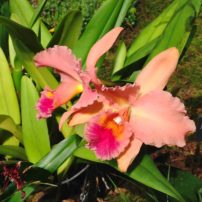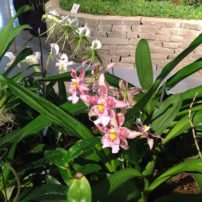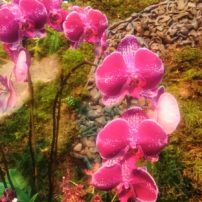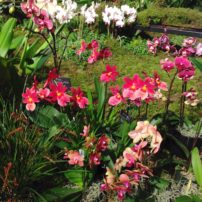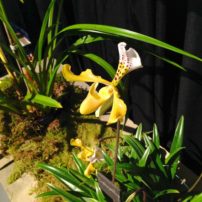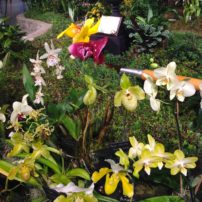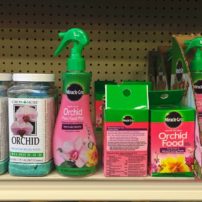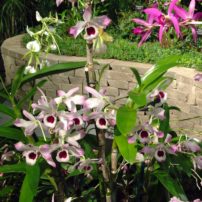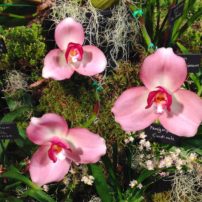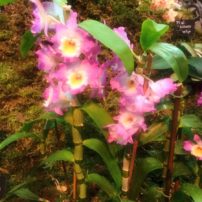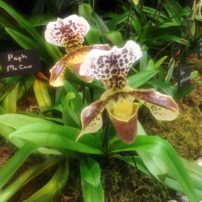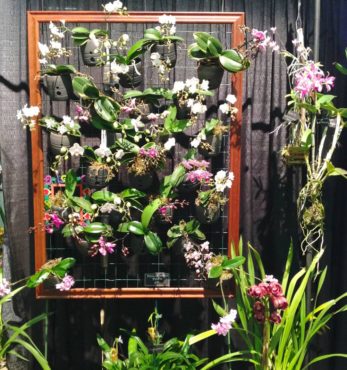 Once grown exclusively as a hobby of the wealthy, orchids are now available to every interested gardener. Perhaps you received one as a gift and wonder what to do after the bloom fades, or perhaps you’ve seen them for sale and want to buy one. They are not throwaway holiday plants if you understand how they are different than most houseplants.
Once grown exclusively as a hobby of the wealthy, orchids are now available to every interested gardener. Perhaps you received one as a gift and wonder what to do after the bloom fades, or perhaps you’ve seen them for sale and want to buy one. They are not throwaway holiday plants if you understand how they are different than most houseplants.
To enjoy the blooms for an extended period of time in a dry area of your home, add a humidity tray or dish below the container but do not let orchids sit in water. You could also grow them in a humid bathroom or kitchen window.
Orchids can be easy to grow and they rebloom if you know their required conditions. The light, water and fertilizer requirements change a bit as the seasons pass, but orchid culture is rewarding once you understand that pattern.
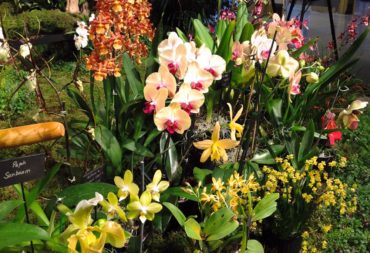 Phalaenopsis orchids seem to be the most commonly available plants. When the last phalaenopsis blooms fade, you have two options. Some growers cut the stalk all the way back to the plant. If your plant is a large, mature specimen with five or more leaves, you can instead cut the stalk back to the first or second node on the stem. Given favorable conditions, another stem will quickly grow and produce more flowers.
Phalaenopsis orchids seem to be the most commonly available plants. When the last phalaenopsis blooms fade, you have two options. Some growers cut the stalk all the way back to the plant. If your plant is a large, mature specimen with five or more leaves, you can instead cut the stalk back to the first or second node on the stem. Given favorable conditions, another stem will quickly grow and produce more flowers.
After the blooming period is a good time to do any re-potting that may be necessary. Orchid bark degrades after a few years and could contribute to root rot. Sometimes newly acquired plants or plants on display are top-dressed with moss to retain moisture during shipping and before sale. But this may not be best for the plant in your home because the roots need air circulation, moisture and a drying-out period to avoid rot.
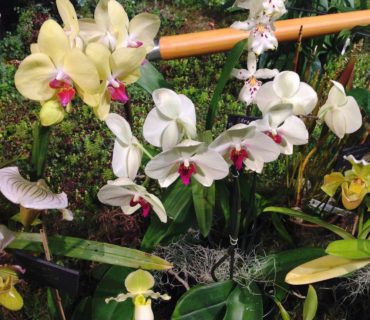 If you water weekly, a bark mix would be a good choice to manage the plant. If you tend to forget to water, the moss may be for you. Hopefully your plant will have a nursery tag so you will be able to learn the exact conditions it needs.
If you water weekly, a bark mix would be a good choice to manage the plant. If you tend to forget to water, the moss may be for you. Hopefully your plant will have a nursery tag so you will be able to learn the exact conditions it needs.
Growing Conditions
Orchids do not live in hot, direct sun. The hot temperature levels can kill the plant. They thrive in the temperatures that people find comfortable inside their homes, 65 to 75 degrees.
Phalaenopsis (moth) and paphiopedilum (slipper) orchids grow best in low-light conditions. Medium-light conditions are best for cattleya and cymbidium orchids. Bright-light examples include dendrobium and vanda.
The location of your plant may change when the orchid is in its growing stages. You can place it in a prominent place for display when it is in the flowering stage and return it later to the best growing location.
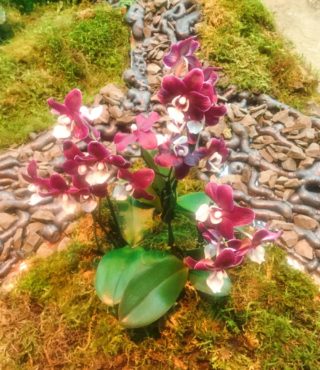 Containers and Watering
Containers and Watering
Water evaporates much faster from clay pots than it does from plastic pots. Some ceramic orchid containers have round holes to allow roots to grow through and to aid in evaporation. Orchid roots will rot easily if remaining in water. Be sure that no water accumulates in the bottom on the container after watering.
In general, phalaenopsis and paphiopedilum orchids enjoy continuously moist conditions whereas cattleyas and dendrobiums need to dry out between watering.
Type of Potting Matter
Traditional potting soil should not be used for orchids. For best success, choose an orchid mix for your type of plant or at minimum, a bag of orchid bark. If you use moss as a growing medium, remember, it stays wetter much longer than bark.
The material should not feel soggy or bone dry. Warm temperatures, too bright light and low humidity also means the plant will dry out quickly. Orchids need more water during hot summer months than during the low-light, cooler months.
Fertilizer
Always water the orchid and let it drain, then spray or mist your fertilizer application. The easiest path to success is using fertilizer labeled for orchids. Read the label directions and mix with room-temperature water in a small amount in a plastic hand sprayer. If you mix your own formula, you could also use less than the amount listed on the package and use it every time you water.
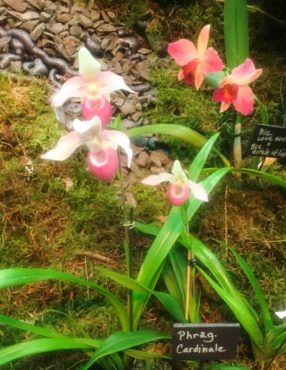 The Moth Orchid
The Moth Orchid
Phalaenopsis or “moth” orchid culture prefers to dry out between watering and thrives in low-light conditions. It grows best at room temperatures of 65 or slightly higher.
Although the phalaenopsis are most commonly seen in the local market (Trader Joe’s, Fred Myer and big box stores), Gail Pignon, co-president of the Poulsbo Garden Club, encourages people to grow other varieties. She has seen oncidiums, often called “dancing ladies,” for sale. She says oncidiums are easy to grow and rebloom but they like more sun than the more common phalaenopsis varieties.
Pignon also advises to grow orchids out of doors during summer. The summer location must be out of direct sun. Be careful that water does not collect in the crown, which can lead to crown rot. The key to success is learning the best conditions for your orchid variety.




